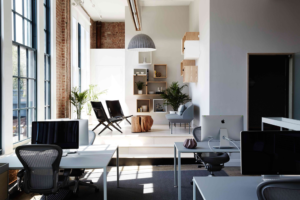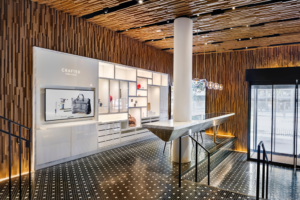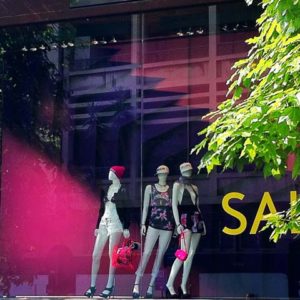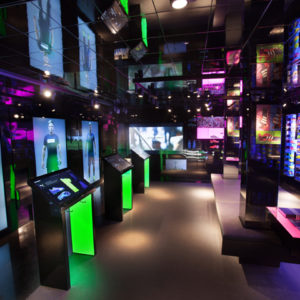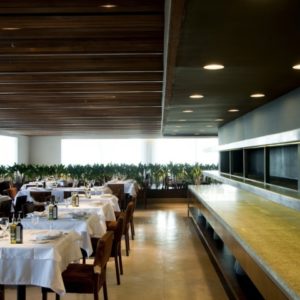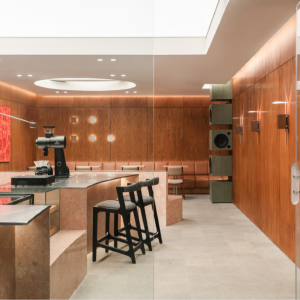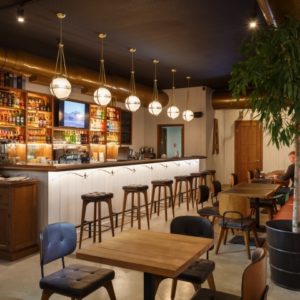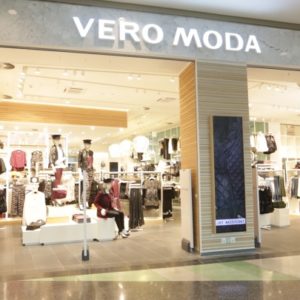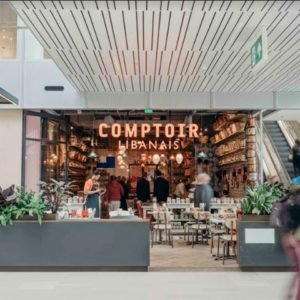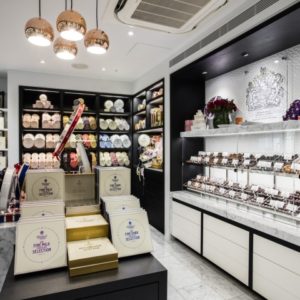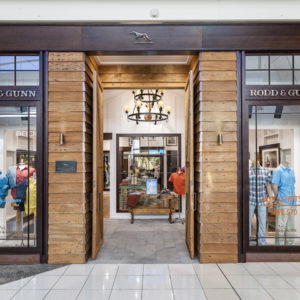
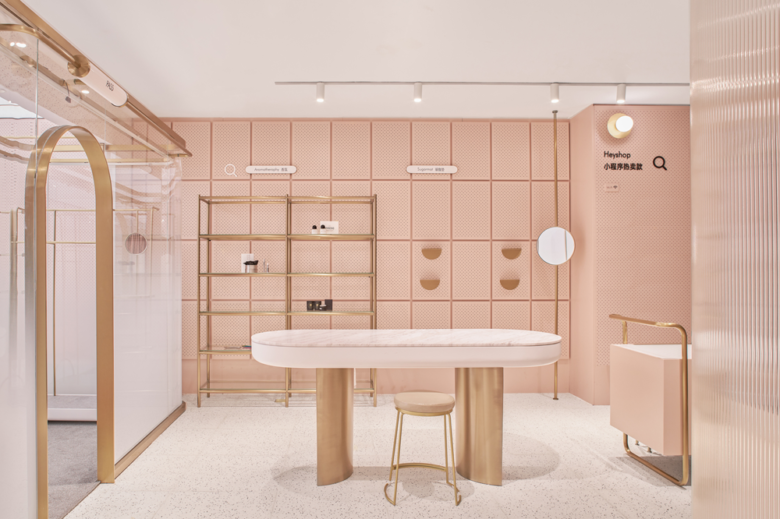
Today, China is leading a revolution in the new retail area around the world. The online e-commerce giants represented by Alibaba and Tencent are actively expanding the offline retail sector. On the contrary, the traditional offline retail industry is also seeking for the online model. The new resource-integrated retail approach formed by online and offline integration has become the hottest topic of this era.
Heyshop in Shanghai Xintiandi is the offline practice of the new retail in the current online shopping era.
OMO NEW RETAIL
Heyshop is not traditional retail. It is a new type of collection store, driven by big data, merging online with offline (OMO). In the design process, we proposed a series of points to challenge the traditional retail and to comply with the new OMO model.
Unlike the traditional retail, flexibility is the most crucial feature in Heyshop. The products displayed are not coming from different brands only. They are also coming from different categories. Based on the big data analysis, no product could guarantee itself be kept in the store all the time. Not only the brands, could the category be replaced in a different season. Today, Heyshop may sell cosmetics, while tomorrow, it may sell 3C products. Hence, it is the mission for this new type of OMO retail to continuously change the display type and recommend new products to the public.
To fulfill this requirement, we adopt and improved the perforated plate display, which is the most flexible and potentially a good looking display system. Whereas the challenge is also coming along. The perforated plate display system needs high standard display ability for the store manager. If it is a traditional store, we may choose to simplify the difficulty of displaying. But considering Heyshop is not a traditional one, the previous experience may be not suitable here. We still believe this system is the best choice for Heyshop. Because in the future, one of the key requirement for the store manager may not to sell as much stuff as possible. It may be the good sense of matching and the capacity to set high standard display, in order to increase both the online and offline purchase conversion rate, which is the most important profit model behind this new type of retail.
Moreover, in order to emphasize the concept of OMO, the online shopping elements were extracted and placed in the physical store, reminding and encouraging the customers to make online order when they have offline shopping. That makes the online merge offline a closed loop.
SEVEN FITTING ROOMS IN THE 200M2 LITTLE STORE
Traditional store cares more about the display quantity of the stock keeping unit (SKU). So the fitting room is a necessary but auxiliary program – just to complete the shopping process only. Because of OMO, the display quantity became not as much important as before since it could be shown from online, whereas fitting rooms, the crucial part of the experience, play a much more important role at the moment, cause it cannot be replaced by online service. Under this circumstance, SEVEN FITTING ROOMS, including two extra large ones, come out in this 200 m2 little store, to meet the requirement of the physical shopping experience. The initial idea is to enable the fitting room to be a place where the best friends could gossip together, dress up together, etc. That is why a dressing table and a display stand are put in it.
Traditional store cares more about the display quantity of the stock keeping unit (SKU). So the fitting room is a necessary but auxiliary program – just to complete the shopping process only. Because of OMO, the display quantity became not as much important as before since it could be shown from online, whereas fitting rooms, the crucial part of the experience, play a much more important role at the moment, cause it cannot be replaced by online service. Under this circumstance, SEVEN FITTING ROOMS, including two extra large ones, come out in this 200 m2 little store, to meet the requirement of the physical shopping experience. The initial idea is to enable the fitting room to be a place where the best friends could gossip together, dress up together, etc. That is why a dressing table and a display stand are put in it.
The fitting rooms align along the store’s open side as a row, locating in the middle of the shop, dividing the entire store as front section (home accessory part) and rear section (clothing part). Customers could pass through any one of the unused fitting rooms from one side to another, which means the original circulation space is also fitting room space. Theoretically, seven fitting rooms come out without losing any display area. In fact, this scheme also brings the least effect to the display quantity, which totally fulfills the requirement of all the SKU display from the client.
Since the fitting rooms also play the function of the aisle, a new problem was to naturally switch the two functions from one to another. After the brainstorm, the solution is quite simple.
The cylinder structure helps the curtain move to cover both the front and rear door hole at the same time, and simultaneously, the move of the curtain triggers the infrared device to enable the indicator light on or off. In this way, the switch of two functions perfectly resolved in one step.
STORAGE IN FRONT
Another rule to be broke in retail design is to set the storage at the front. Again, it also based on the feature of OMO new retail. The traditional retail needs to prepare as several times as many SKU in stock, which normally require a large amount of space, while the new retail Heyshop could set the storage in the cloud, which means less physical space needed. So that the storage could be combined with package and cash counter together as a service window, and set at the front of the store. The façade of this independent storage is made of embossed glass with the irregular arranged white boxes behind. Along with the time past, the arrangement of boxes changes as well, delivering the message of cloud storage concept.
CONCLUSIONS
Around the concept of new OMO retail, we not only offer a nice fancy store, but also try to define the game rules of the NEW RETAIL in this new age as well as propose a new strategy for commercial retail transformation.
Interiors Designers: Daylab Studio
Lead Architects: Xi Dou
Design Team: Yongpeng Liu, Aimee, Tong, Jie
Photographs: Yun Xiao
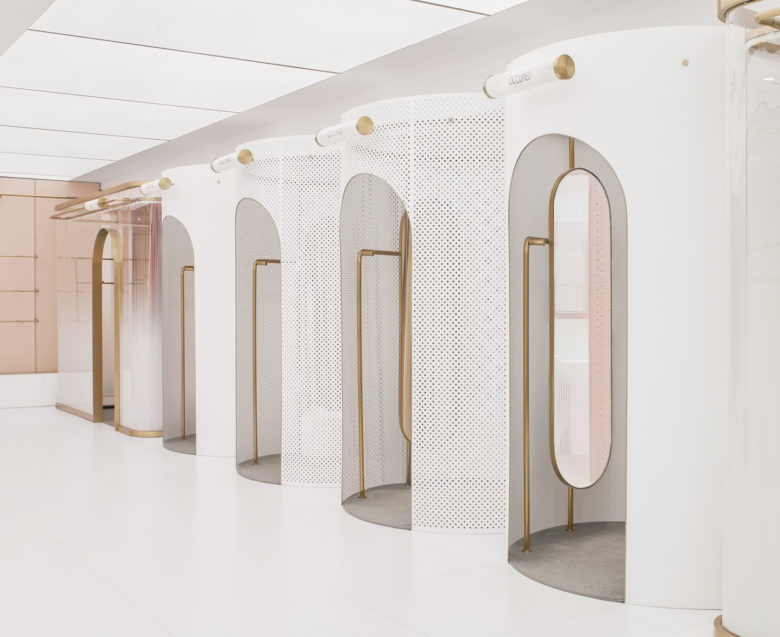

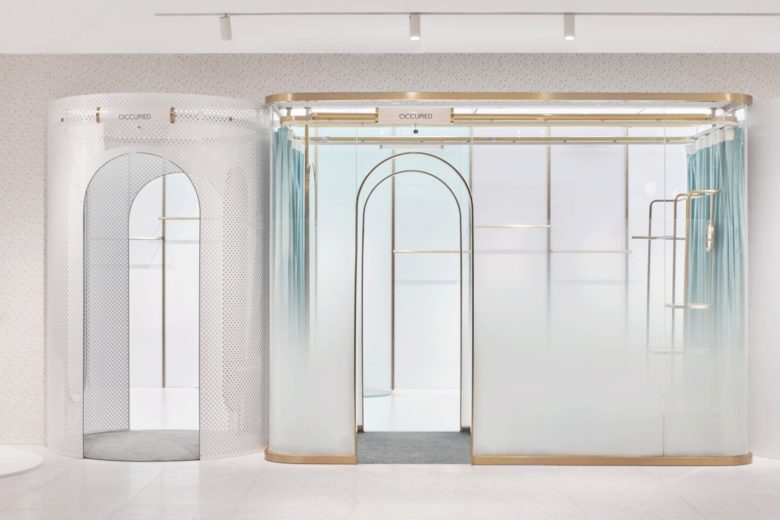
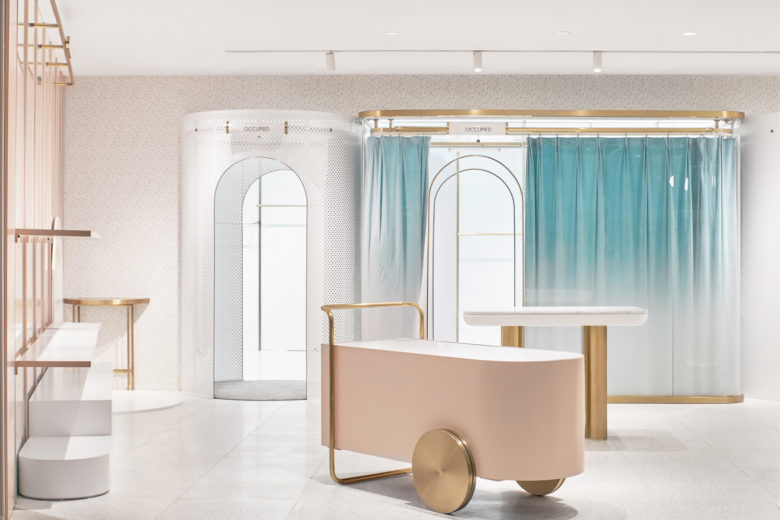




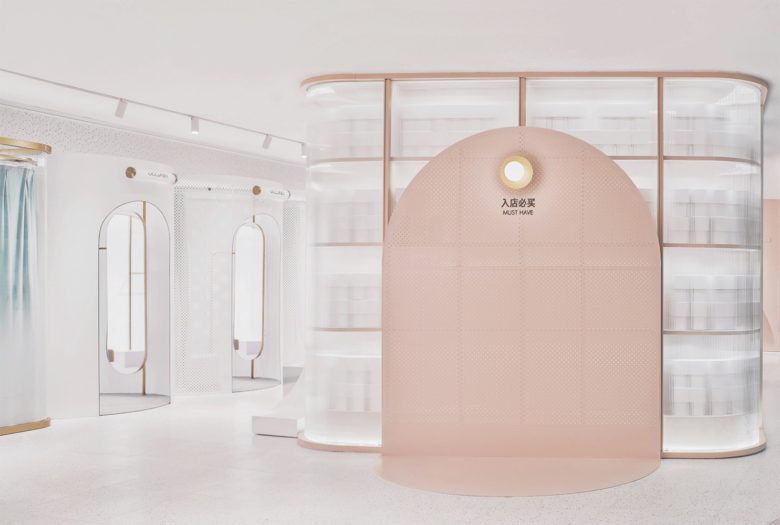
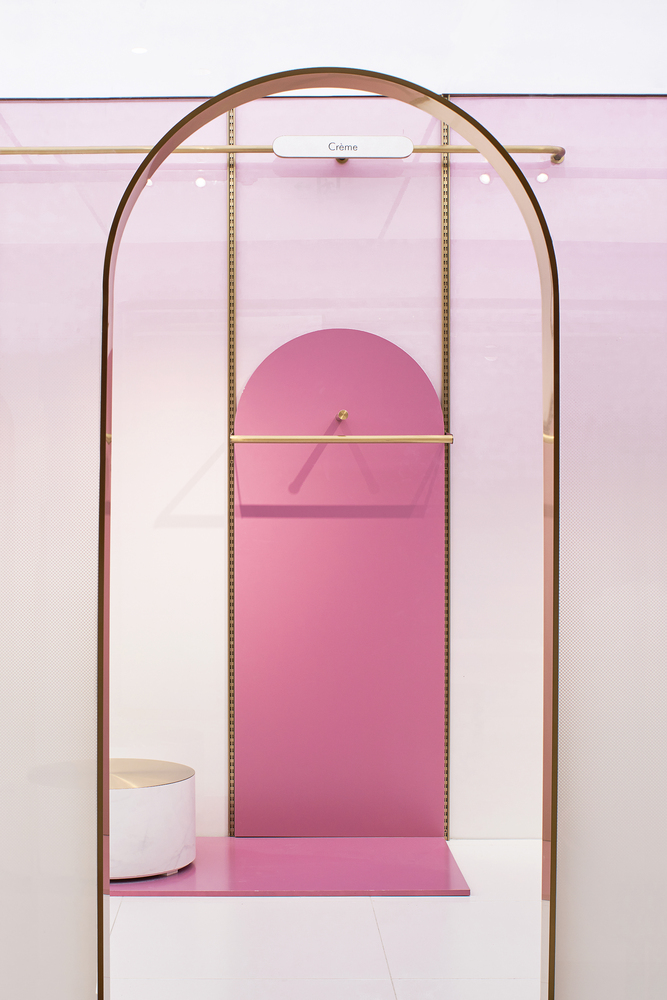
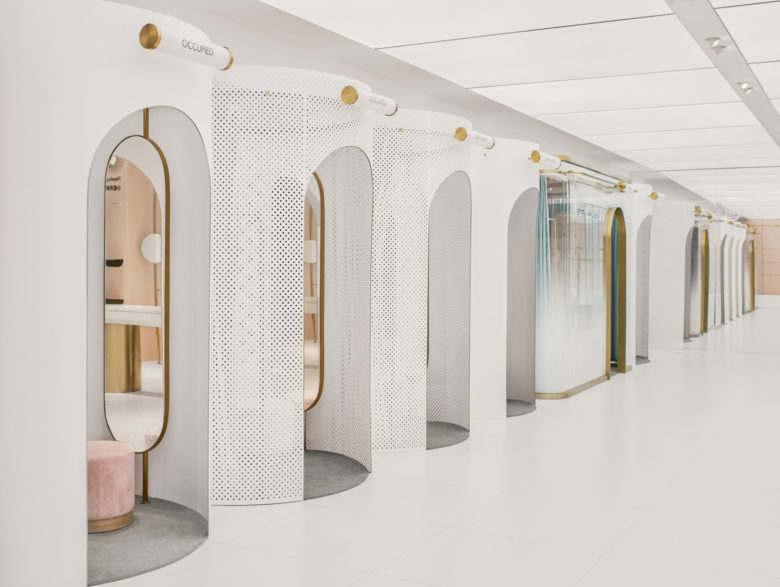

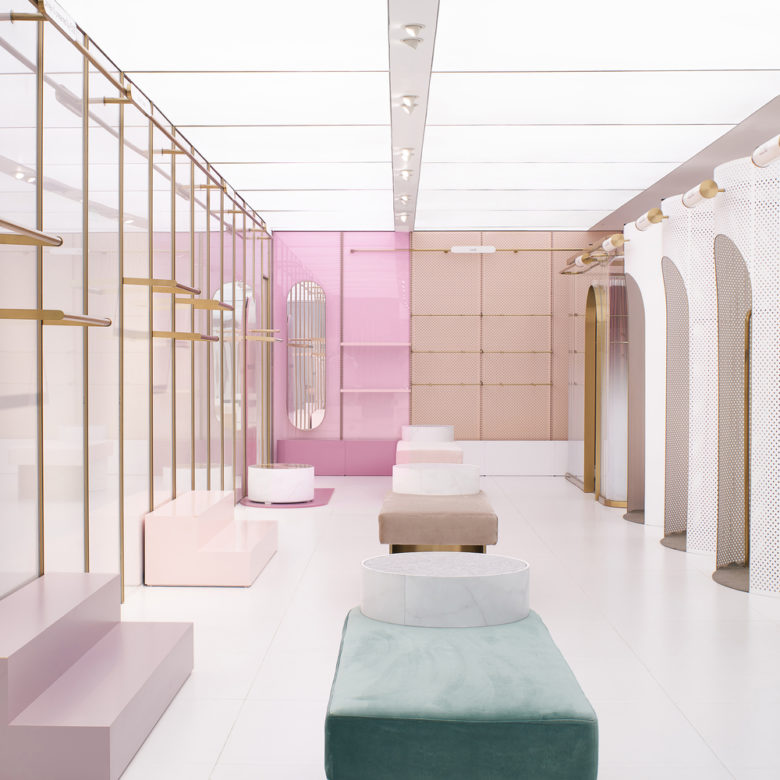
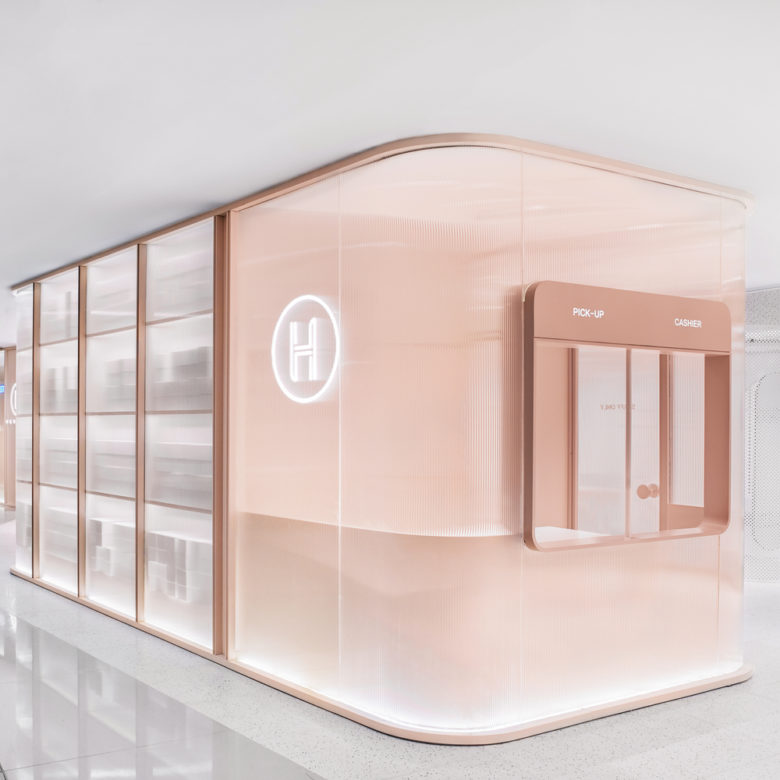
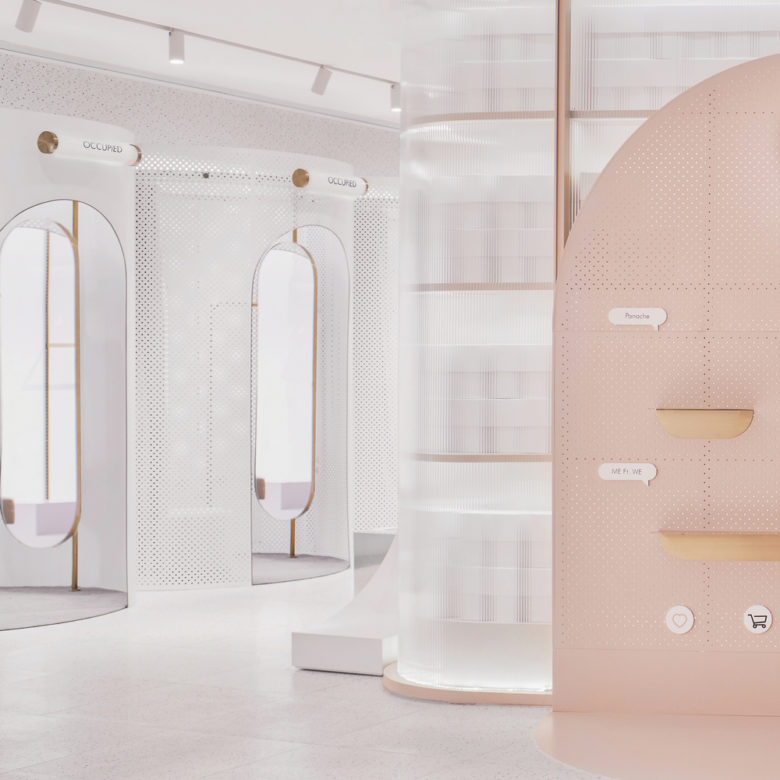
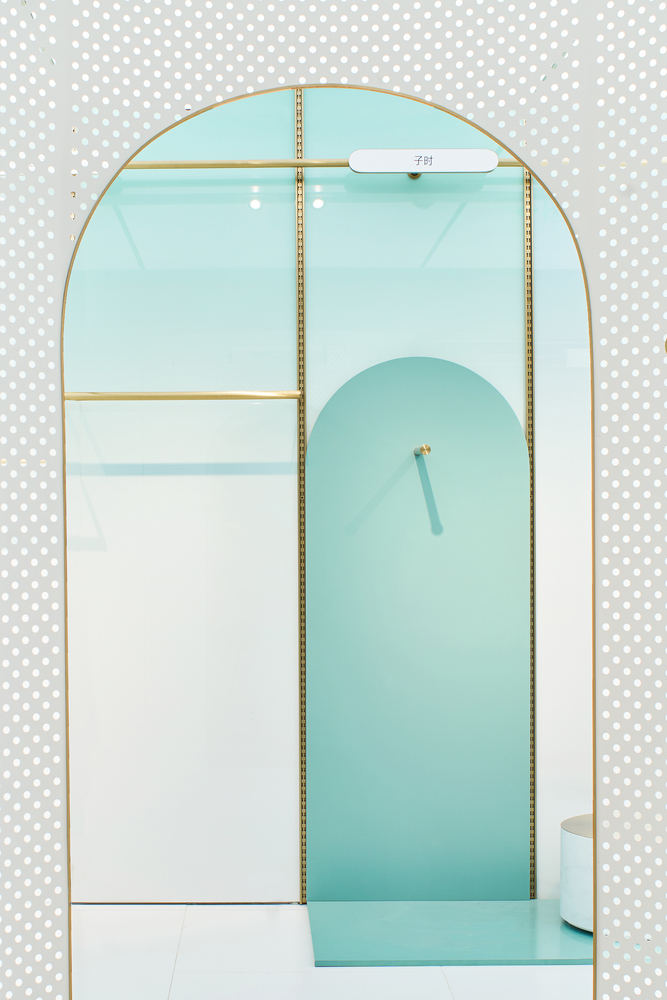

Add to collection
